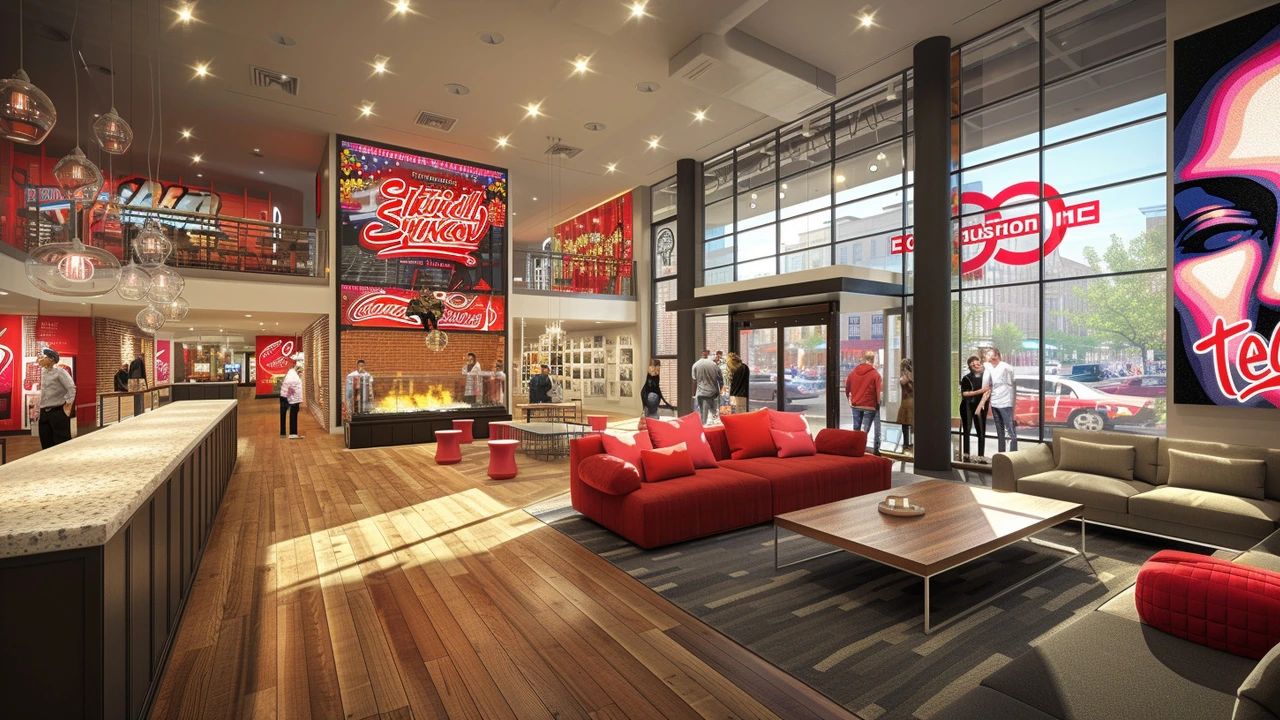De Stijl Philosophy: Simple Rules for Strong Design
What if cutting away everything extra made your design louder? De Stijl says remove the clutter, use straight lines, primary colors, and balance. It came from early 20th century Dutch artists and designers who wanted clarity and order.
Here are the big ideas you can use right away. Limit your palette to red, blue, yellow, black, white and gray. Use horizontal and vertical lines instead of curves. Break layouts into clear blocks and let empty space do work.
Why it works: removing extras focuses attention on structure and contrast. When you limit choices the eye reads faster and the message lands. That makes De Stijl great for logos, posters, web pages, and product packs.
How to apply De Stijl to your project
Start with a grid. Sketch a simple layout using only vertical and horizontal guides. Place major elements inside blocks; avoid diagonal placement or ornate shapes. Pick one dominant color plus one or two accents from the primary trio. Use black lines to define edges and white space to breathe.
Common mistakes and quick fixes
Mistake: piling on patterns or textures. Fix: remove one element and test if the design still reads clearly. Mistake: overusing color so the balance collapses. Fix: switch excess hues to gray or white and strengthen the grid. Mistake: soft fonts that fight the geometry. Fix: choose a simple sans serif with even strokes and tight spacing.
Quick examples: a poster with three colored blocks, a product label using a vertical stripe, or a website header split into three clear zones. De Stijl pairs well with modern minimalism and certain Bauhaus ideas but it stays stricter about geometry and color.
Notable figures: Piet Mondrian and Theo van Doesburg pushed the ideas into painting and publishing; Gerrit Rietveld translated them into furniture and architecture.
In web design, favor a grid system like CSS Grid, limit type sizes to two values, and use color contrast for calls to action. For interiors, think built-in shelves, rectangular rugs, and a single bold wall stripe rather than multiple patterns. In branding, a strict mark with a primary color and a black mark works far better than a complex logo.
When clients ask for 'warmth', show them how white space can feel calm, not cold, by pairing a warm yellow with generous margins. Measure success: faster comprehension in user tests, higher click rates on simplified pages, or stronger brand recall in quick surveys.
If you want examples, this tag page gathers articles that explore De Stijl's effect on graphic design, Bauhaus overlaps, and practical projects.
Make a business card with three color blocks now.

